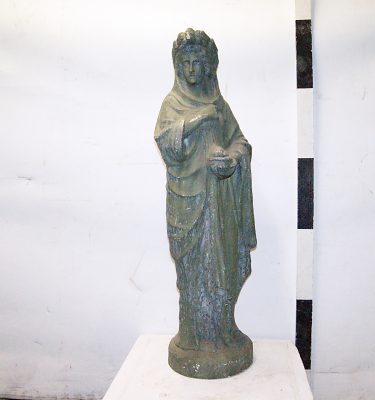

Casting: If you live in a climate with cold winters, ice has the potential to damage your stone gargoyle sculptures.You’ll want your garden statues to be made of stone, however. Location: A statue made of resin is appropriate for indoor display.If you’re interested in collecting gargoyle sculptures, here are some care tips: What are some guidelines for collecting gargoyle statues? Gargoyle statues like these are a common choice for garden statues. This was because few medieval sculptors had ever seen these animals in person. Many of the more creatures fashioned into gargoyle statues were animals from other parts of the world whose physical properties were exaggerated. Grotesques: Grotesque gargoyle statues include imaginary animals like chimeras and griffins as well as creatures that contain an eerie presence.In these times, it was believed that physical ugliness and deformities were caused by demons. Representations include disembodied human head whose mouth is contorted in a scream of horror. Humans: Humans are not found as often in Gothic architecture as animal gargoyle statues.Other animals frequently represented as gargoyles included lions, goats, snakes, and eagles. Animals: Dogs and wolves are among the many animals depicted as gargoyles on Gothic buildings.Gargoyle statues typically fall into one of three categories: Gargoyles were designed to ward off negative presences to churches, and sculptors used various sources for their inspiration. Collectors seek out gargoyles for their aesthetic appeal and heritage.

In contemporary times, these statues offer a Gothic embellishment to rooms and houses that hearkens back to medieval times, providing a touch of the old to everyday locales. Over time, church gargoyles became less sinister.

These stylized statues became increasingly anthropomorphized over time to represent the agony of trapped souls who would never know salvation. The earliest animal carvings on medieval churches were representations of dragons. Many homeowners with a taste for the Gothic enjoy decorating their yards and gardens with gargoyle statues. Nowadays, gargoyles are probably better appreciated for their delightful grotesquerie than they are for any functional use. Gargoyles began as decorative waterspouts that carried rain away from the roofs of medieval churches and cathedrals.


 0 kommentar(er)
0 kommentar(er)
